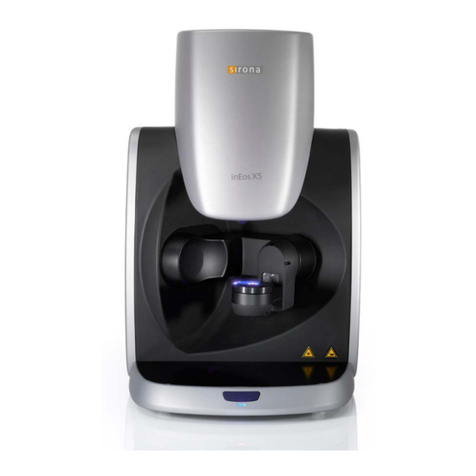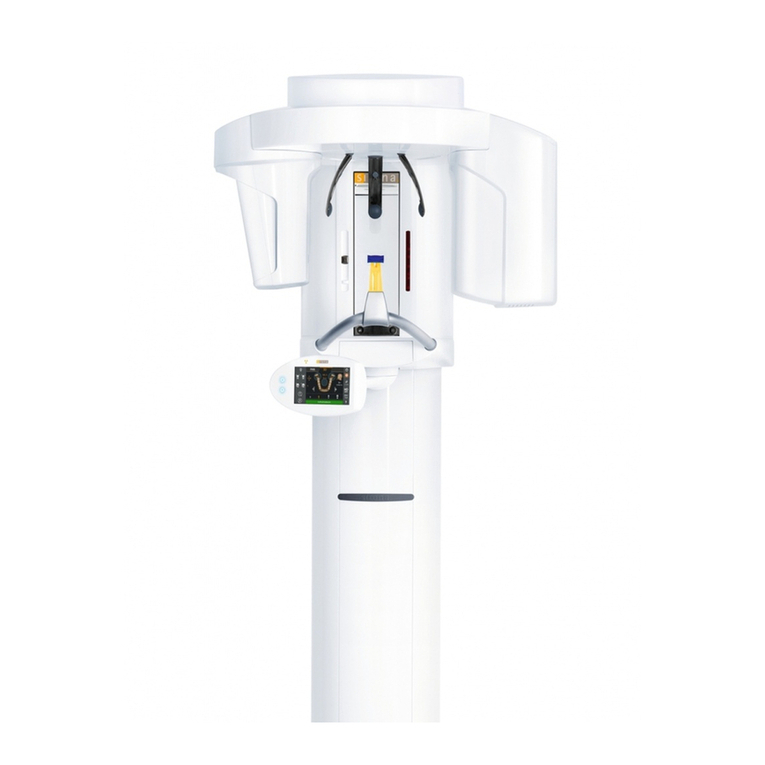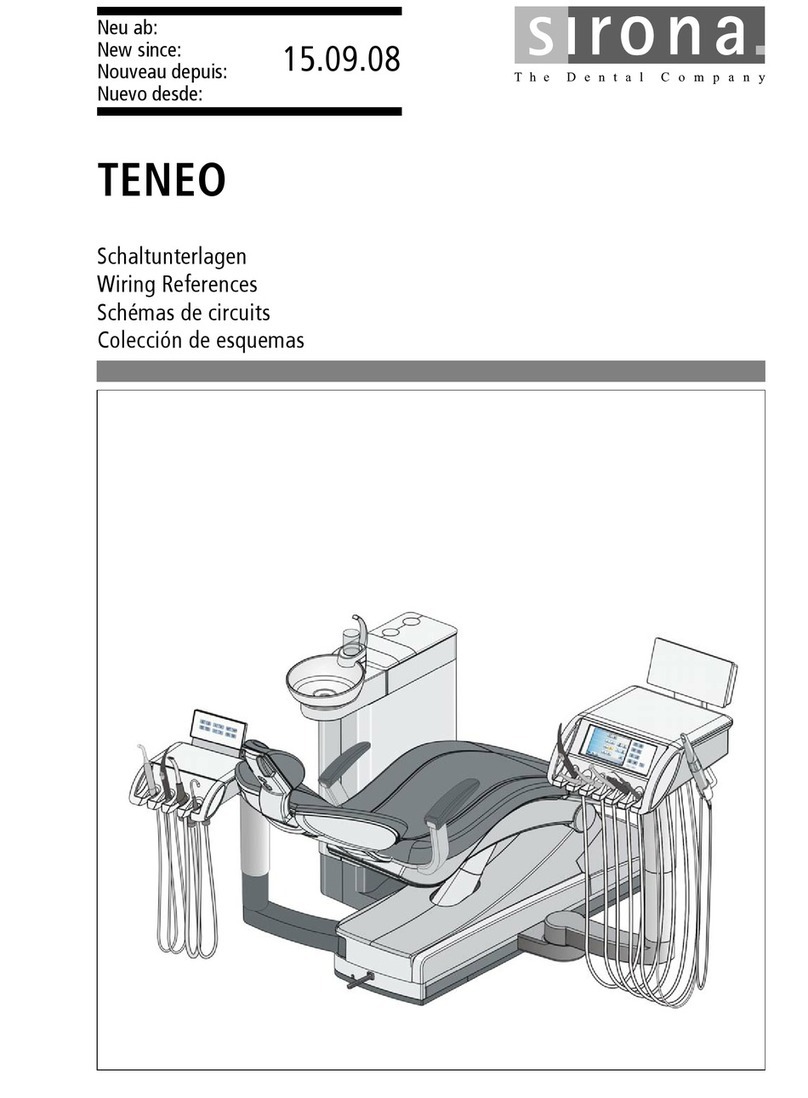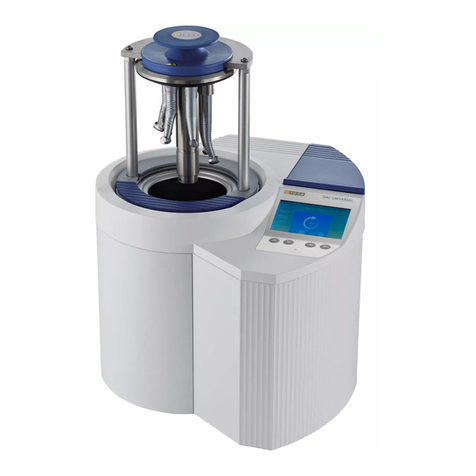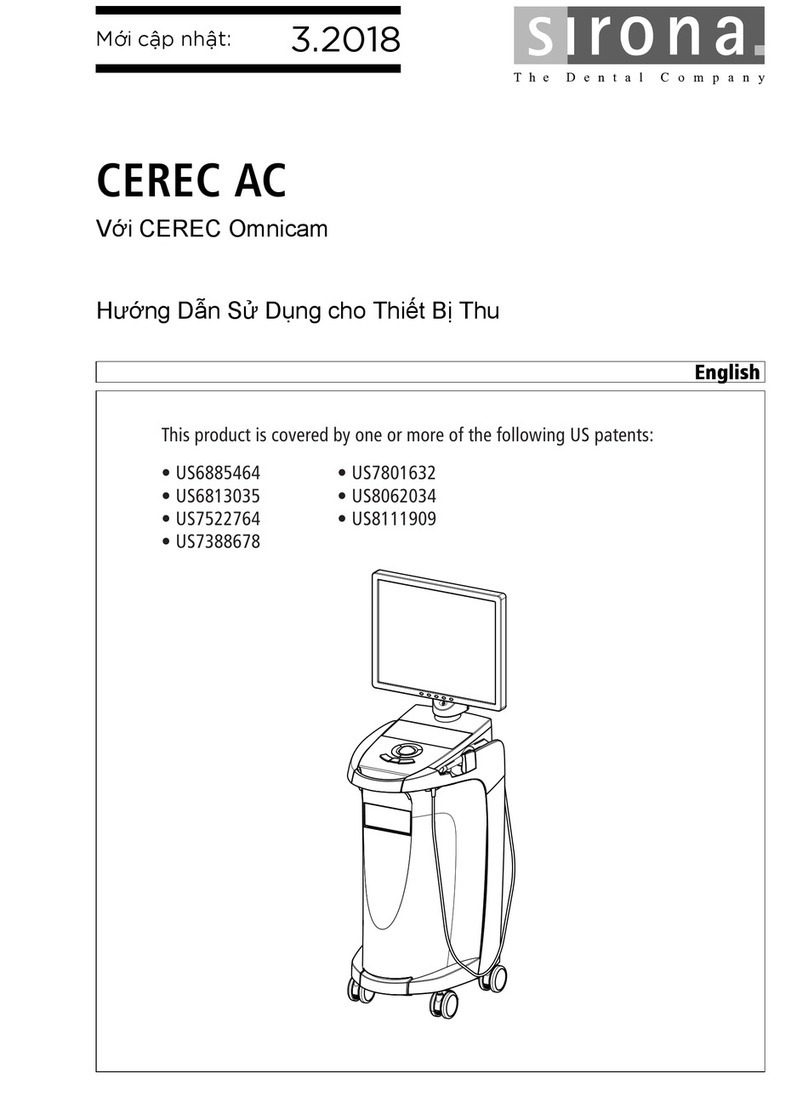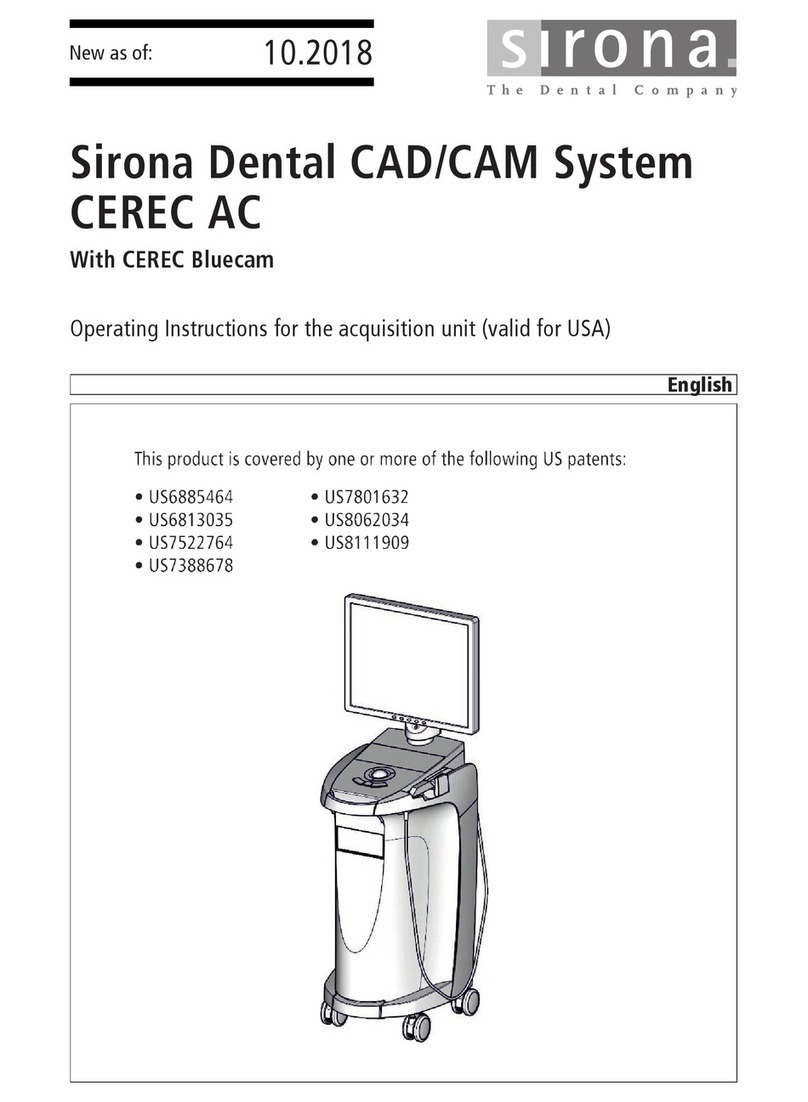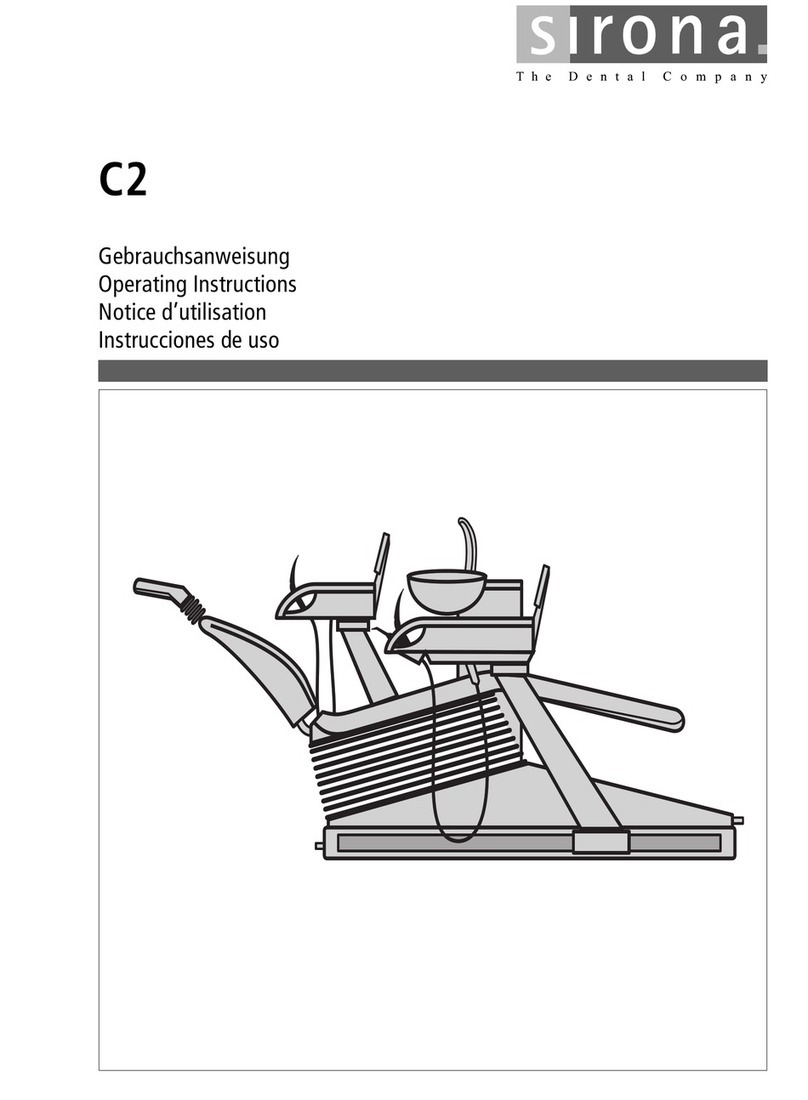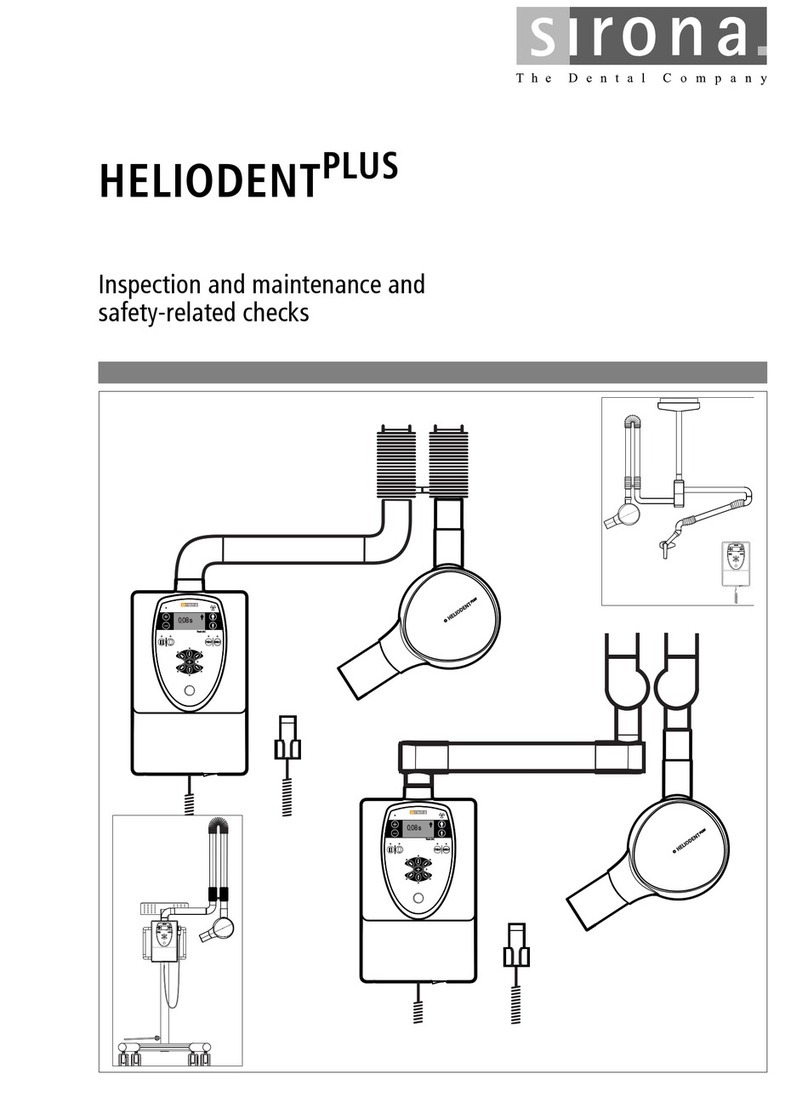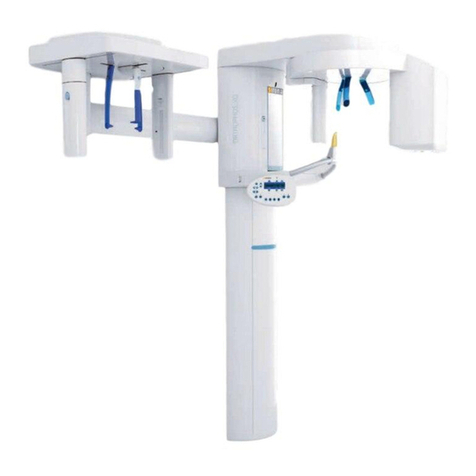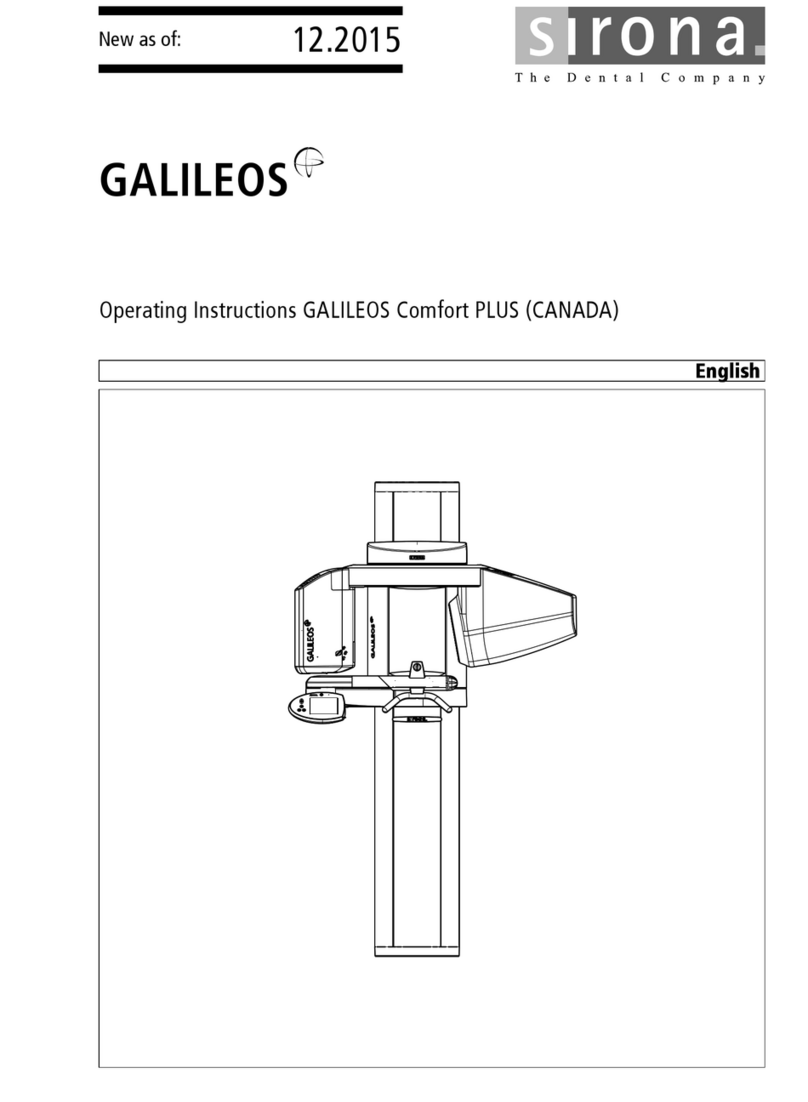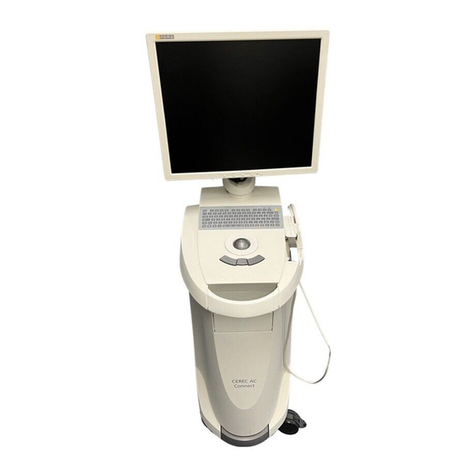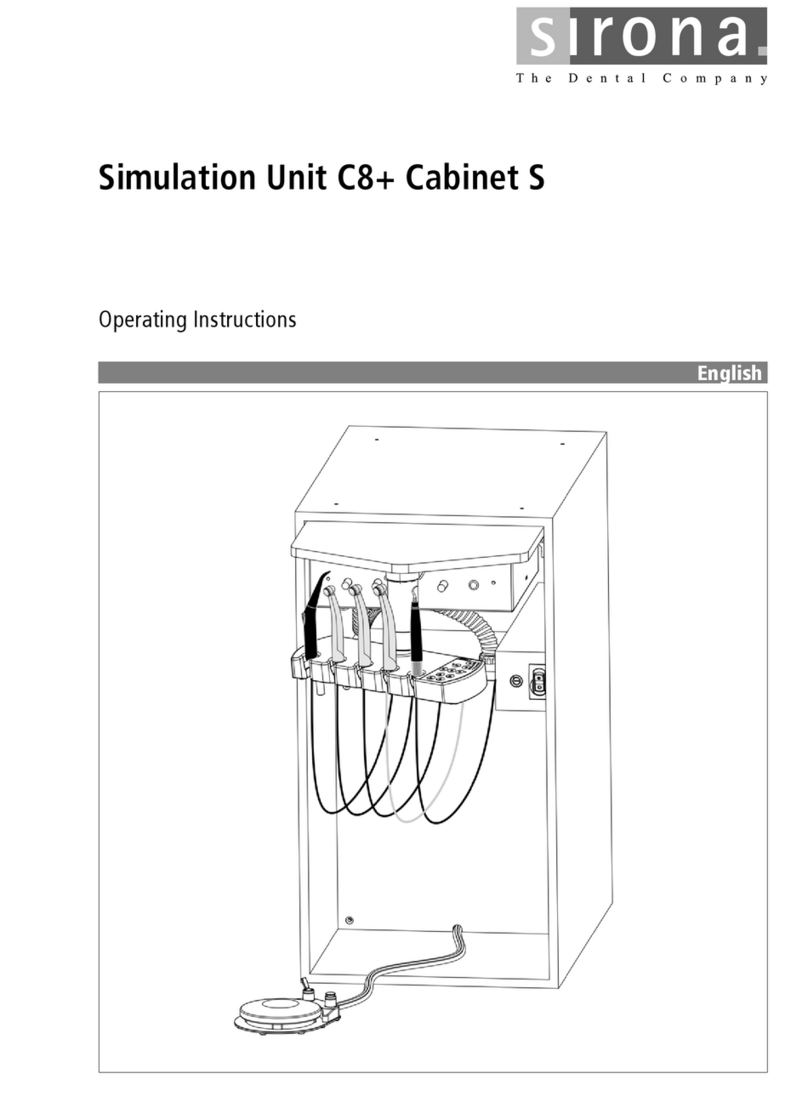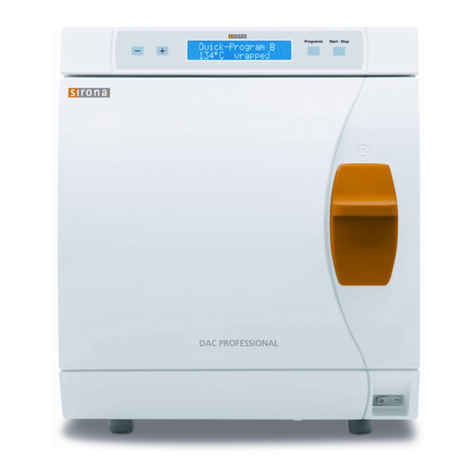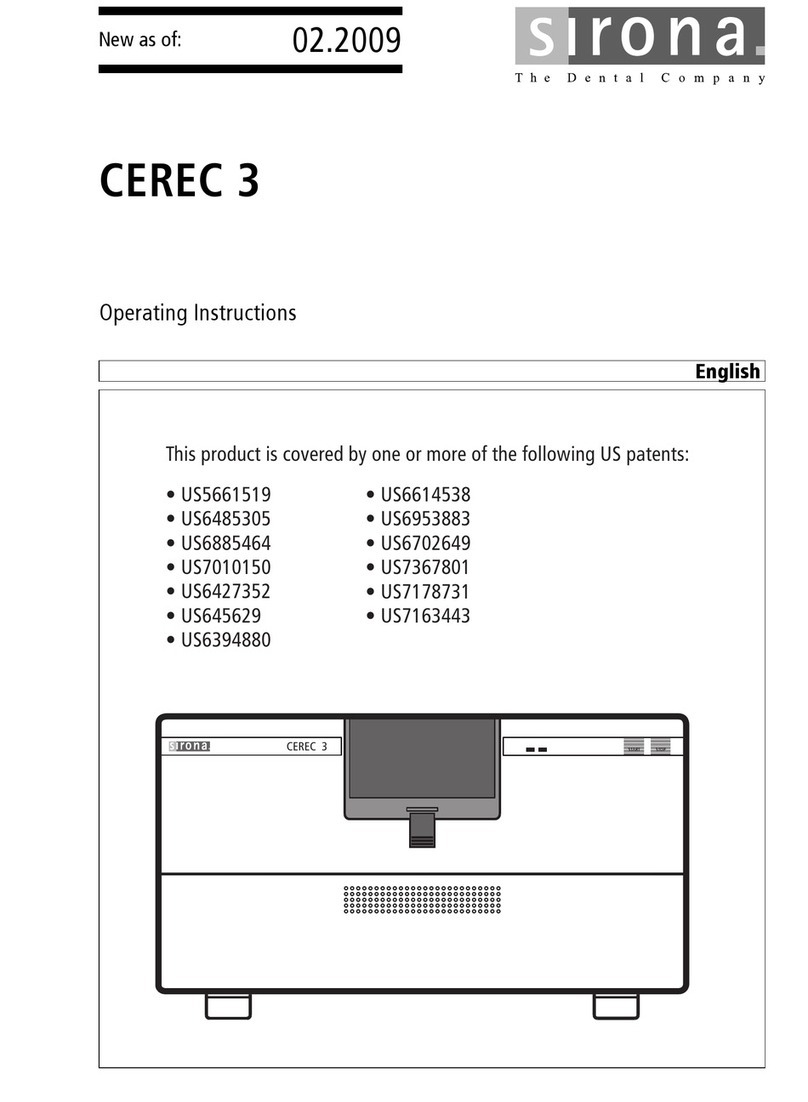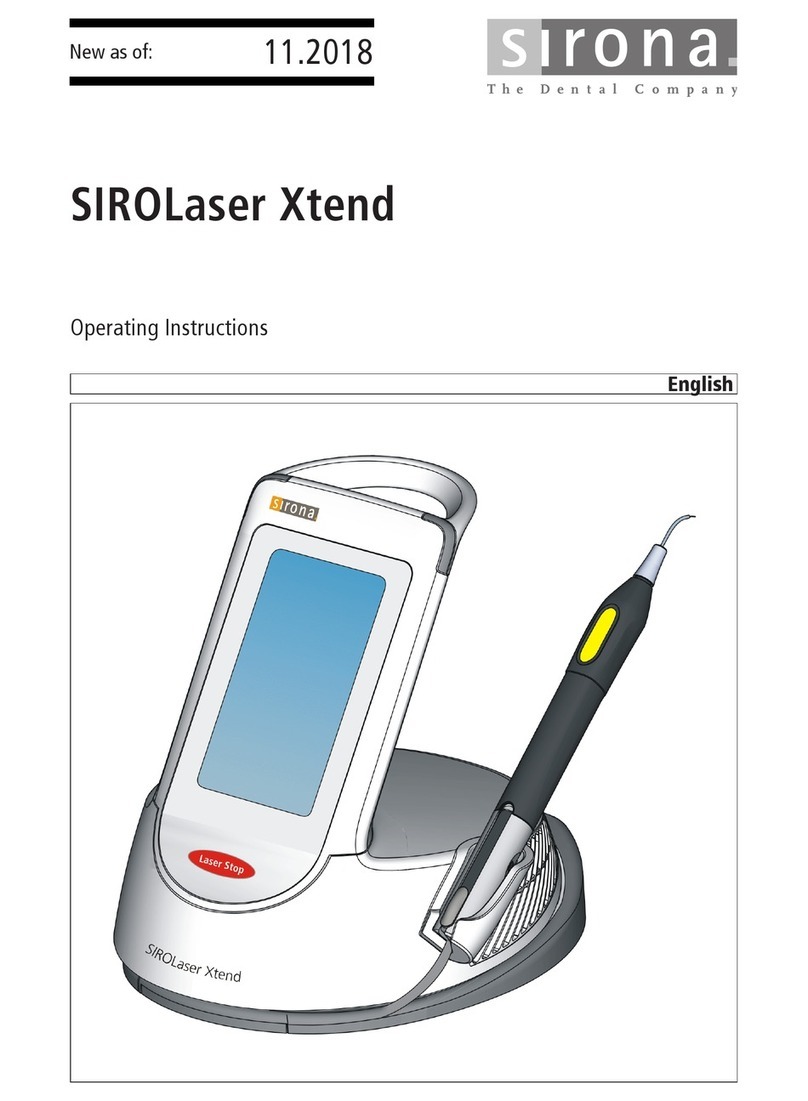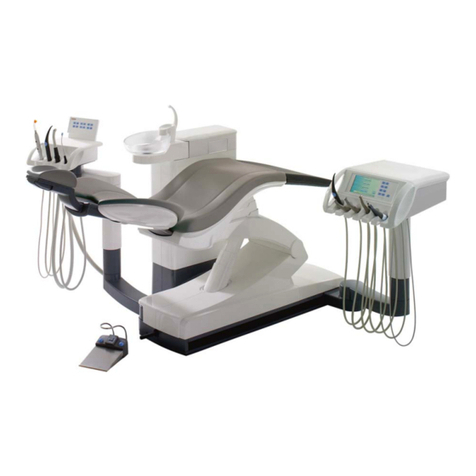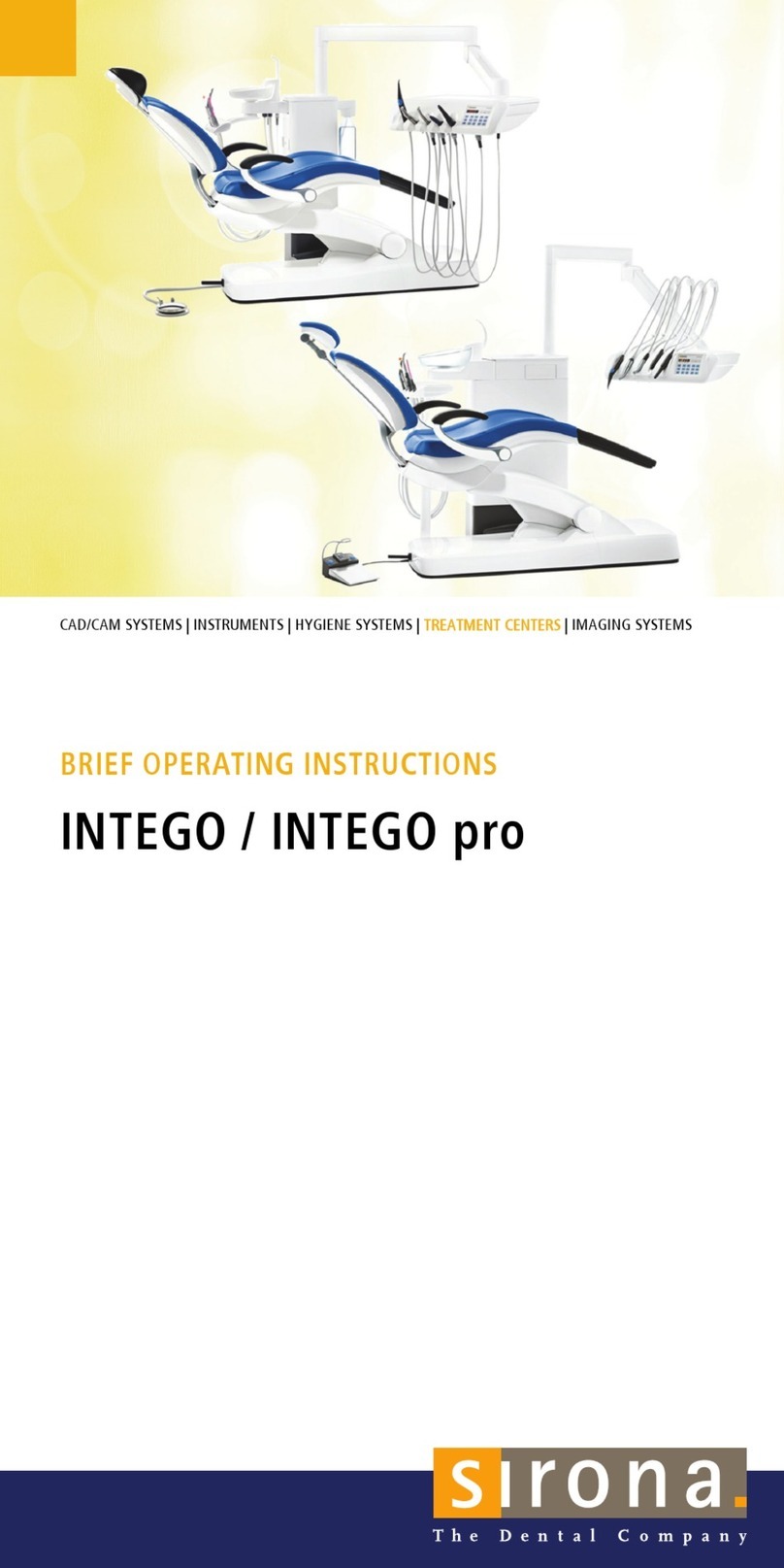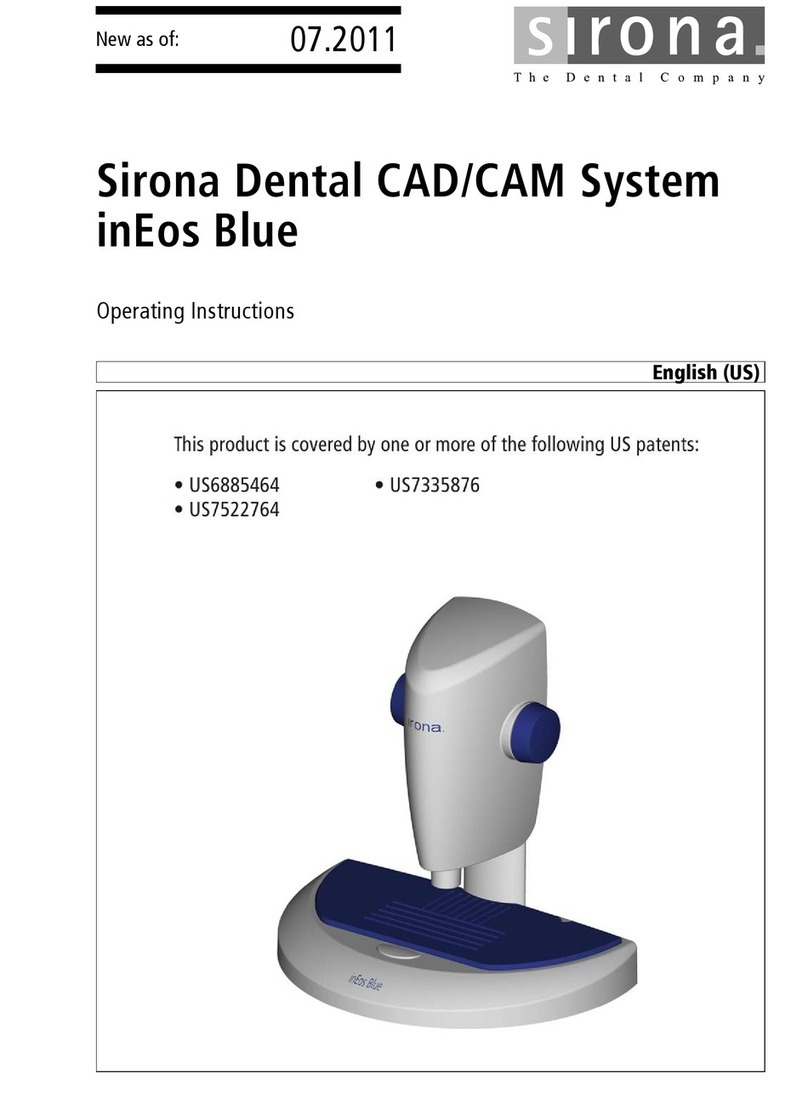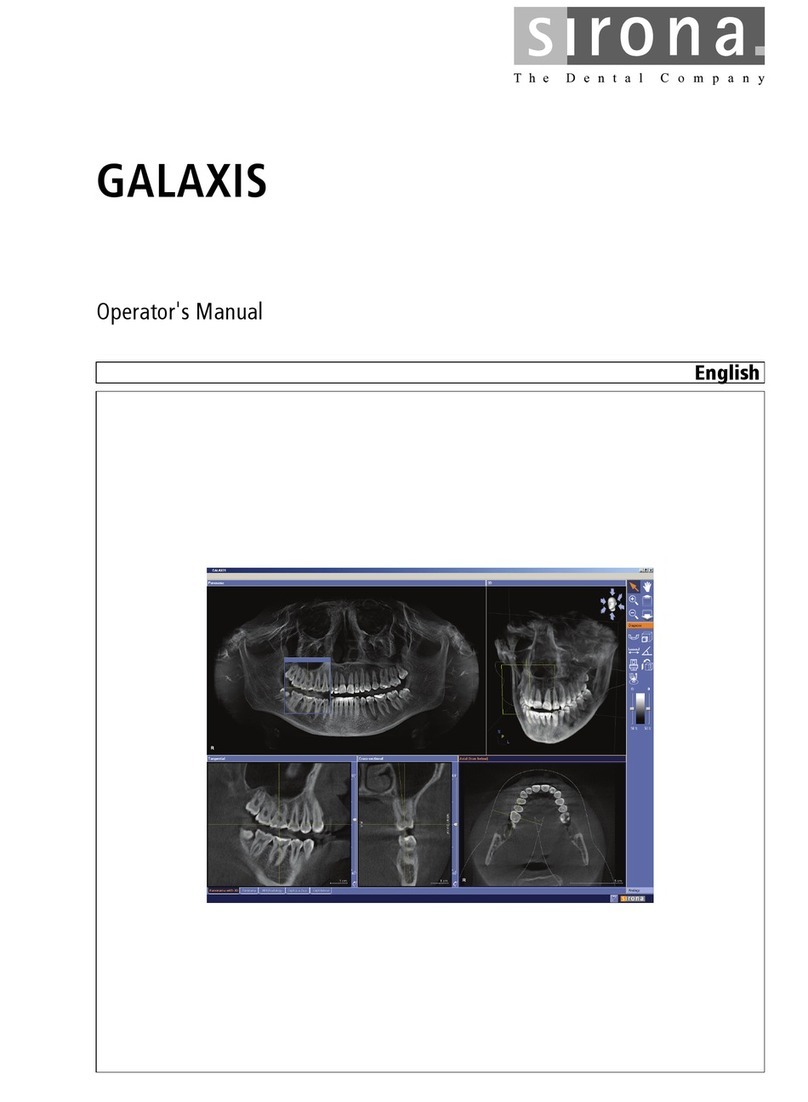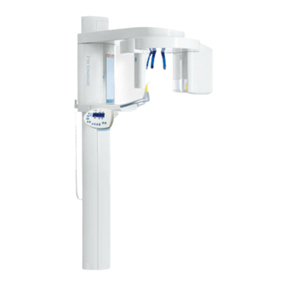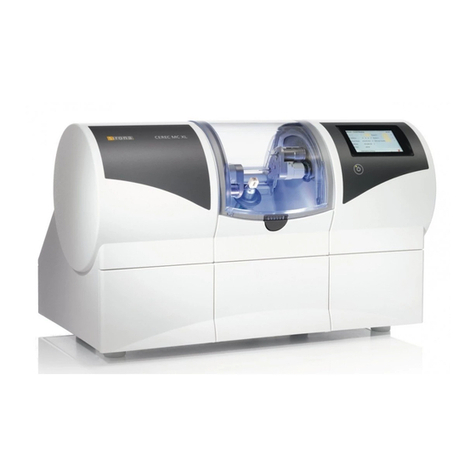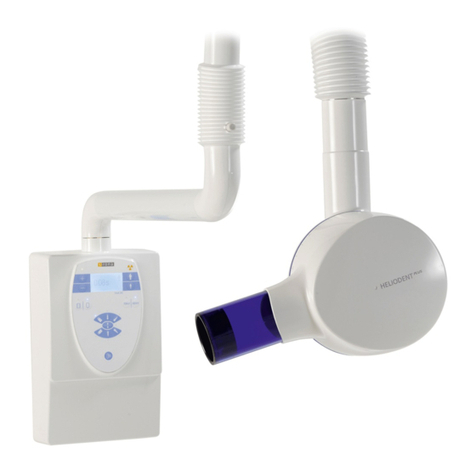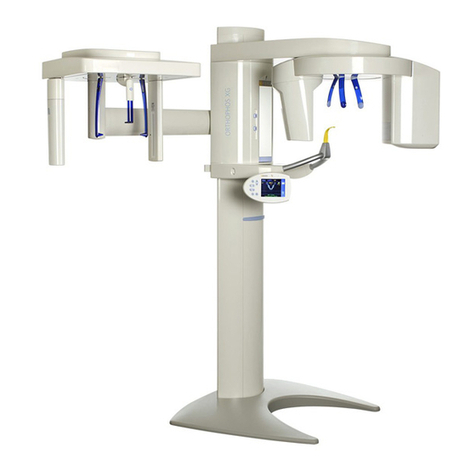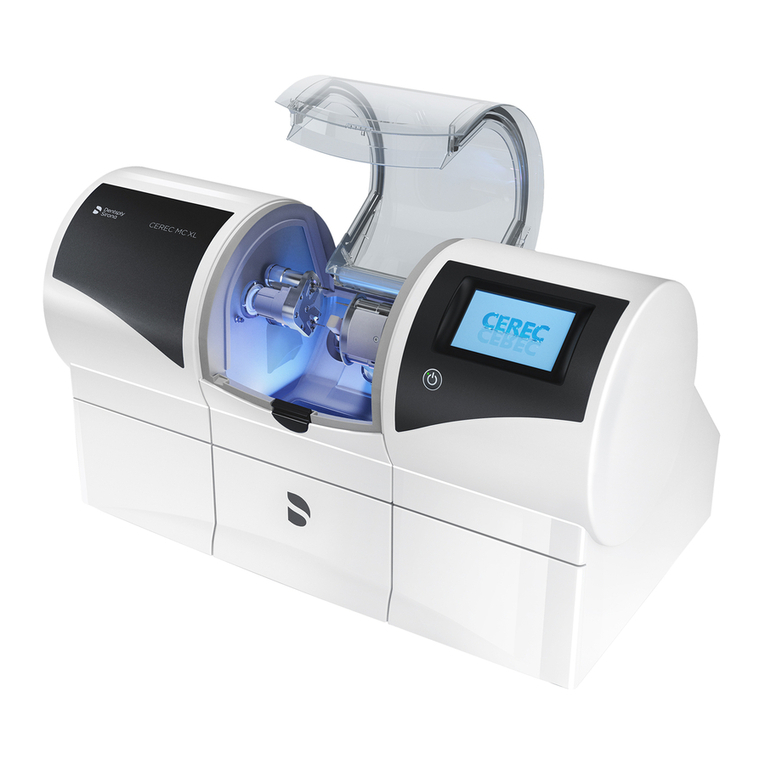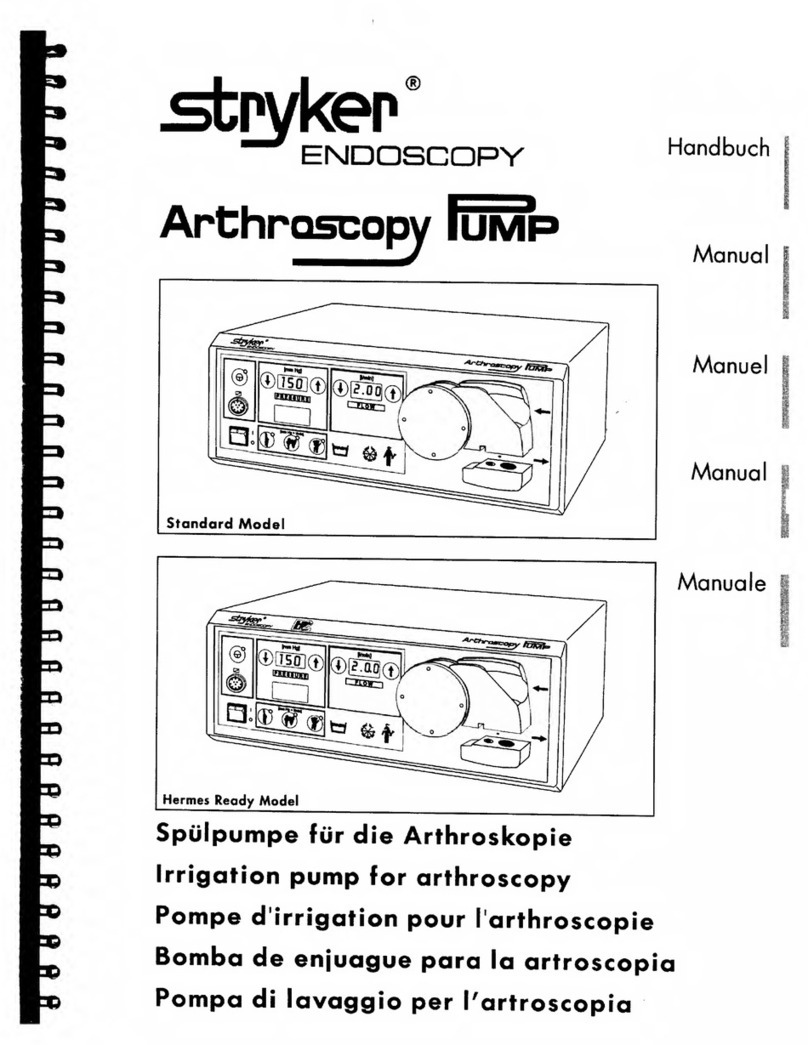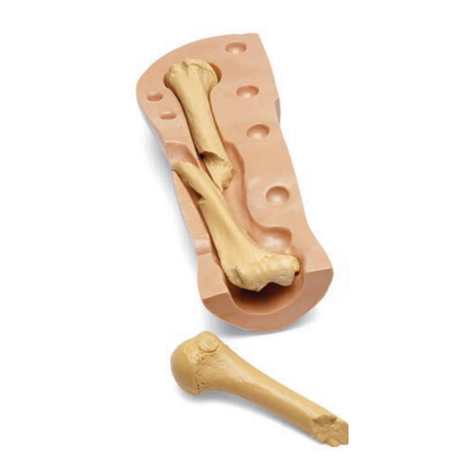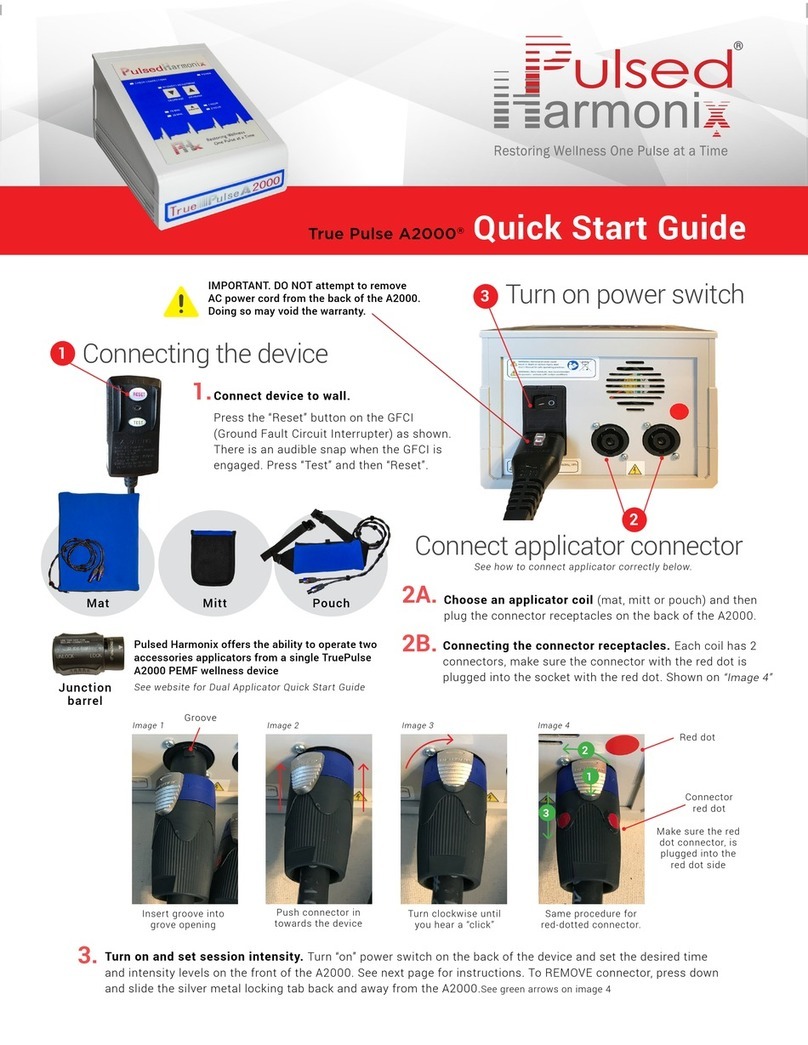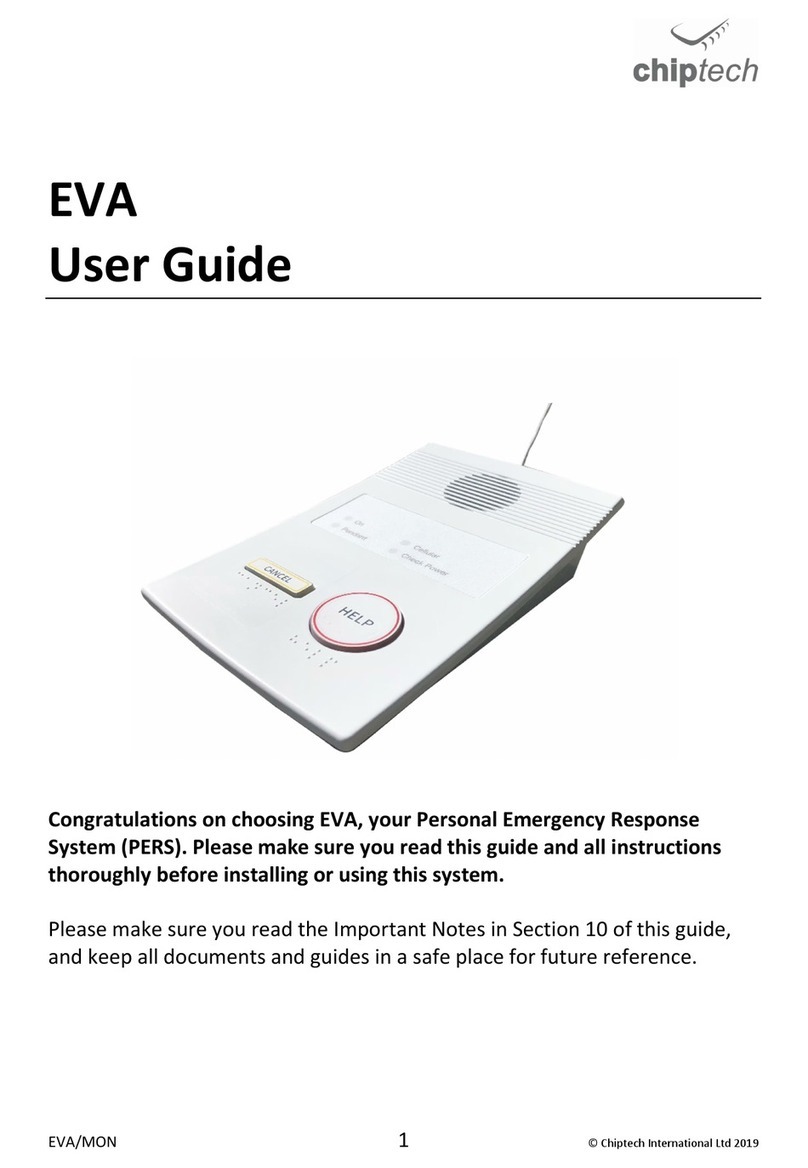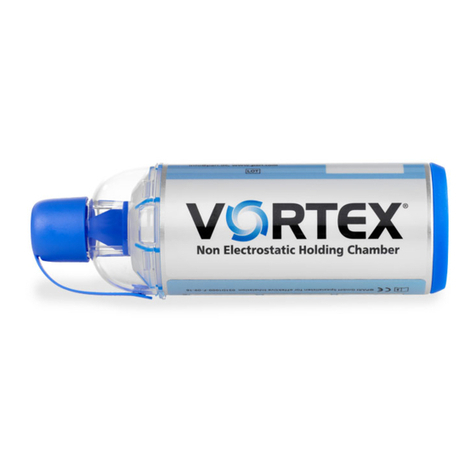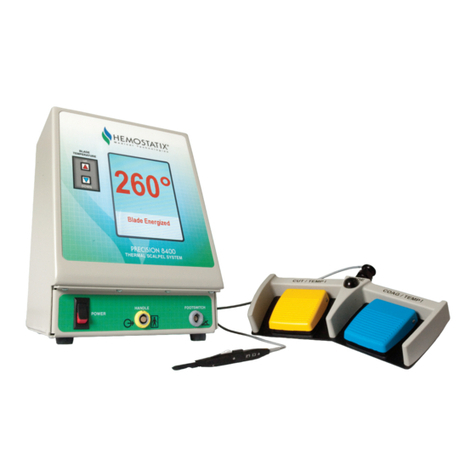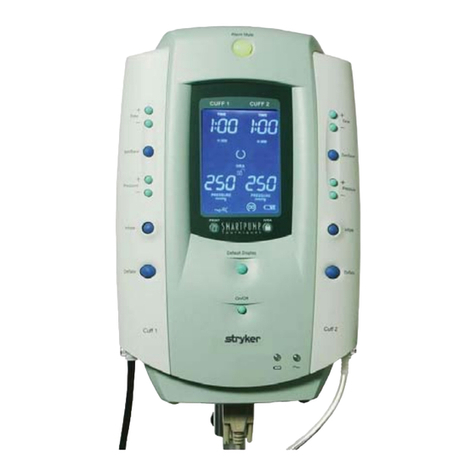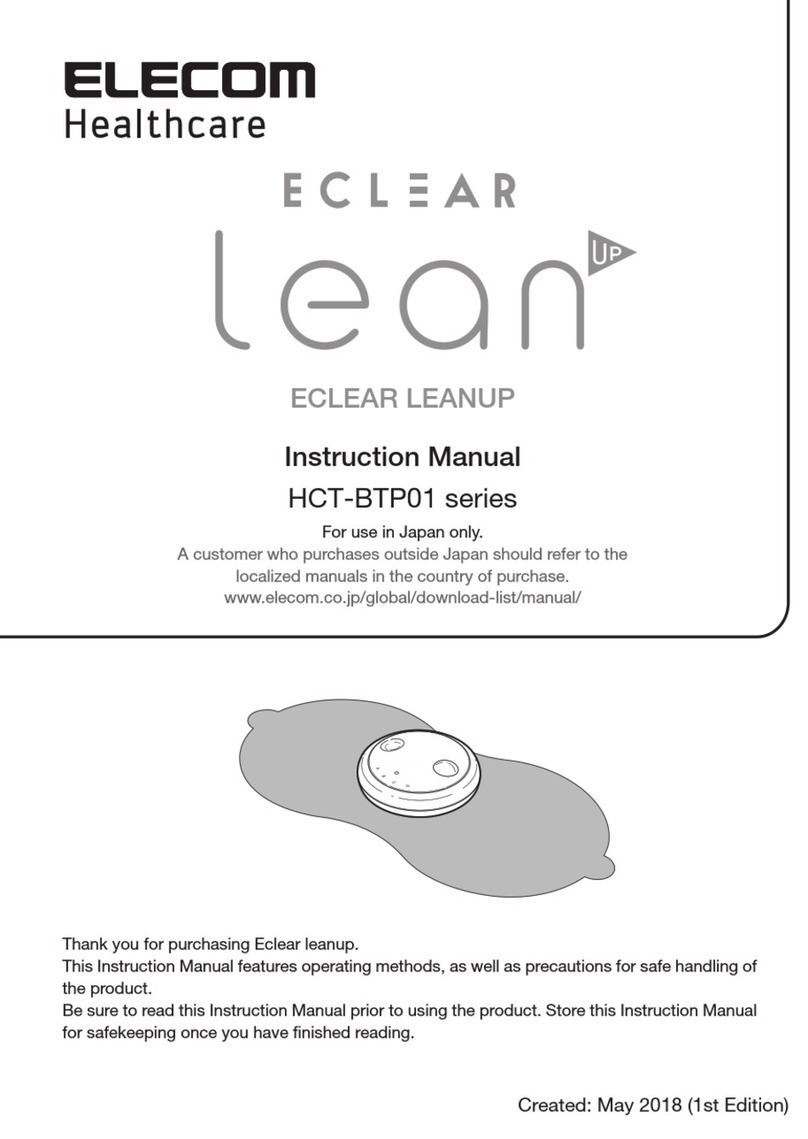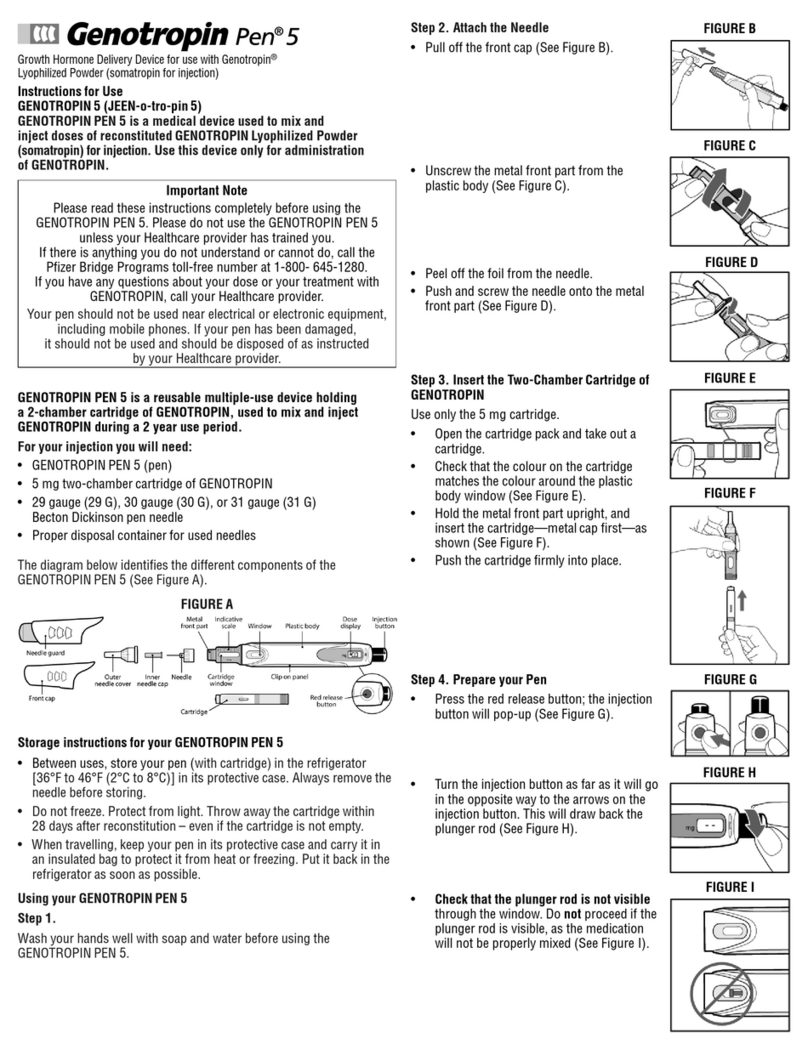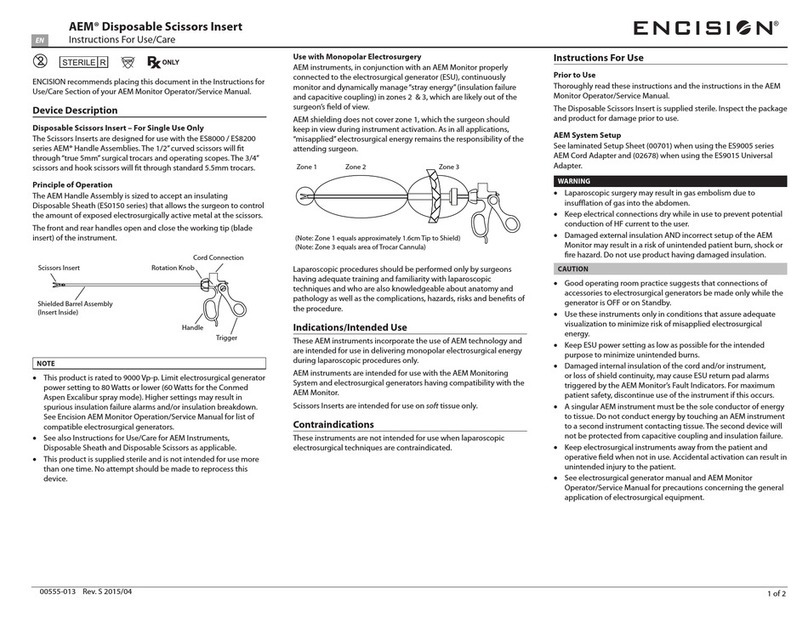63 22 700 D 3344
14 D 3344.201.01.25.23 01.2011
4 Safety Sirona Dental Systems GmbH
Electrostatic charges Operating Instructions for the Acquisition Unit CEREC 3
4.3.2 ESD protective measures
ESD ESD stands for ElectroStatic Discharge.
Training We therefore recommend that all persons working with this system be
instructed on the significance of this warning label. Furthermore, they also
should receive training in the physics of electrostatic discharges which can
occur in the practice and the destruction of electronic components which may
result if such components are touched by electrostatically charged USERS.
The content of this training is explained in the Chapter "About the physics of
electrostatic charges" [14].
4.3.3 About the physics of electrostatic charges
What is an electrostatic charge? An electrostatic charge is a voltage field on and in an object (e.g. a human
body) which is protected against conductance to ground potential by a
nonconductive layer (e.g. a shoe sole).
Formation of an electrostatic charge
Electrostatic charges generally build up whenever two bodies are rubbed
against each other, e.g. when walking (shoe soles against the floor) or driving
a vehicle (tires against the street pavement).
Amount of charge The amount of charge depends on several factors:
Thus the charge is higher in an environment with low air humidity than in one
with high air humidity; it is also higher with synthetic materials than with
natural materials (clothing, floor coverings).
The following rule of thumb can be applied to assess the transient voltages
resulting from an electrostatic discharge.
An electrostatic discharge is:
zperceptible at 3,000 V or higher
zaudible at 5,000 V or higher (cracking, crackling)
zvisible at 10,000 V or higher (arc-over)
The transient currents resulting from these discharges have a magnitude of
10 amperes. They are not hazardous for humans because they last for only
several nanoseconds.
Background Integrated circuits (logical circuits and microprocessors) are used in order to
implement a wide variety of functions in dental/X-ray/CEREC systems.
The circuits must be miniaturized to a very high degree in order to include as
many functions as possible on these chips. This leads to structure
thicknesses as low as a few ten thousandths of a millimeter.
NOTE:
Electrostatic discharge must be preceded by electrostatic charging.




















